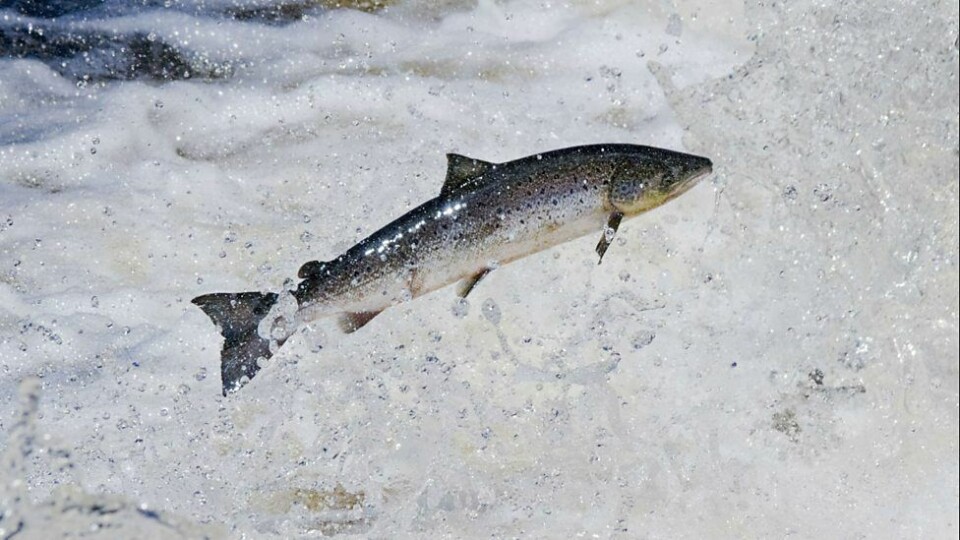
Government maps out plan to save Scotland's wild salmon
Evidence about the extent of introgression between wild and escaped farmed salmon will be used to help provide a more complete picture of the state of wild salmon in Scotland.
The measure is included in the Scottish Government’s Scottish Wild Salmon Strategy published today. The strategy outlines the pressures that the government believes have caused a big drop in the numbers of wild salmon returning to Scottish rivers to spawn, and broadly sets out what the government plans to do to save the salmon. A more detailed implementation plan will be developed with stakeholders later.
An increase in sea lice populations that can occur on salmon farms is among the pressures listed, along with the possibility of introgression, but the government says the lice issue is already being addressed.
Significant efforts
“There have been significant efforts aimed at improving our understanding and mitigating the negative interactions between farmed and wild salmon,” states the strategy document.
“The Scottish Government’s response to the recommendations of the Salmon Interactions Working Group sets out a programme of work to ensure that the impacts and risks presented by fish farming to wild salmonids are minimised.
“Further, the Shared Policy Programme agreed as part of the ground-breaking agreement between the Scottish Government and the Scottish Green Party includes an ambitious aquaculture agreement and commits to a step change in how we manage the marine environment.”
Balanced evaluation
The government says it committed to building an evidence base through coordinated scientific research and monitoring to supplement rod catch data.
“The National Electrofishing Programme for Scotland (NEPS) will give site-level and regional assessments to determine how saturated areas are with young salmon to supplement the conservation regulation assessment for management of pressures. In addition, the National Introgression Programme for Scotland (NIPS) will dovetail with NEPS to provide a balanced evaluation of the extent that salmon populations become polluted with genetic material associated with escaped salmon from fish farms,” states the strategy.
“Work on the west coast of Scotland to develop a system for assessing sea lice risk to sea trout will include evaluation of models underpinning SEPA’s proposed Sea Lice Risk Assessment Framework for salmon as part of an adaptive management process. Spring salmon, those that return to rivers early in the year, have had the sharpest decline in numbers and will be a focus for assessment and restoration efforts.”
Catch-and-release mortality
Other pressures listed in the strategy include exploitation through legal and illegal fishing, and predators.
The government points out that while voluntary catch and release and other measures have reduced fisheries-related mortality in recent years, mortality can also occur through catch and release fisheries, exacerbated by high temperatures. However, it does not propose any measures to solve that issue.
The outline strategy also fails to mention consideration of restocking of rivers with juvenile fish hatched from eggs stripped from wild salmon, a controversial strategy among anglers but one which has met with success on the River Carron.
Bird cull?
When it comes to predators, the strategy says those considered to present the greatest risk include other fish (e.g., trout, pike, eels), birds (e.g., cormorants, goosanders) and mammals, including seals, and hints that birds may be in its gunsights.
The strategy’s actions include “undertaking a review of fish-eating bird policy with a view to ensuring balanced consideration of the conservation status of predator and prey species and informing the proposed wider review of the species licensing system”.
The government says mortality at sea appears to be a major factor in the widespread decline of salmon across its North Atlantic range but adds “our understanding of pressures and ability to take action is greater in freshwater and coastal environments”.
The full strategy document can be read here.























































